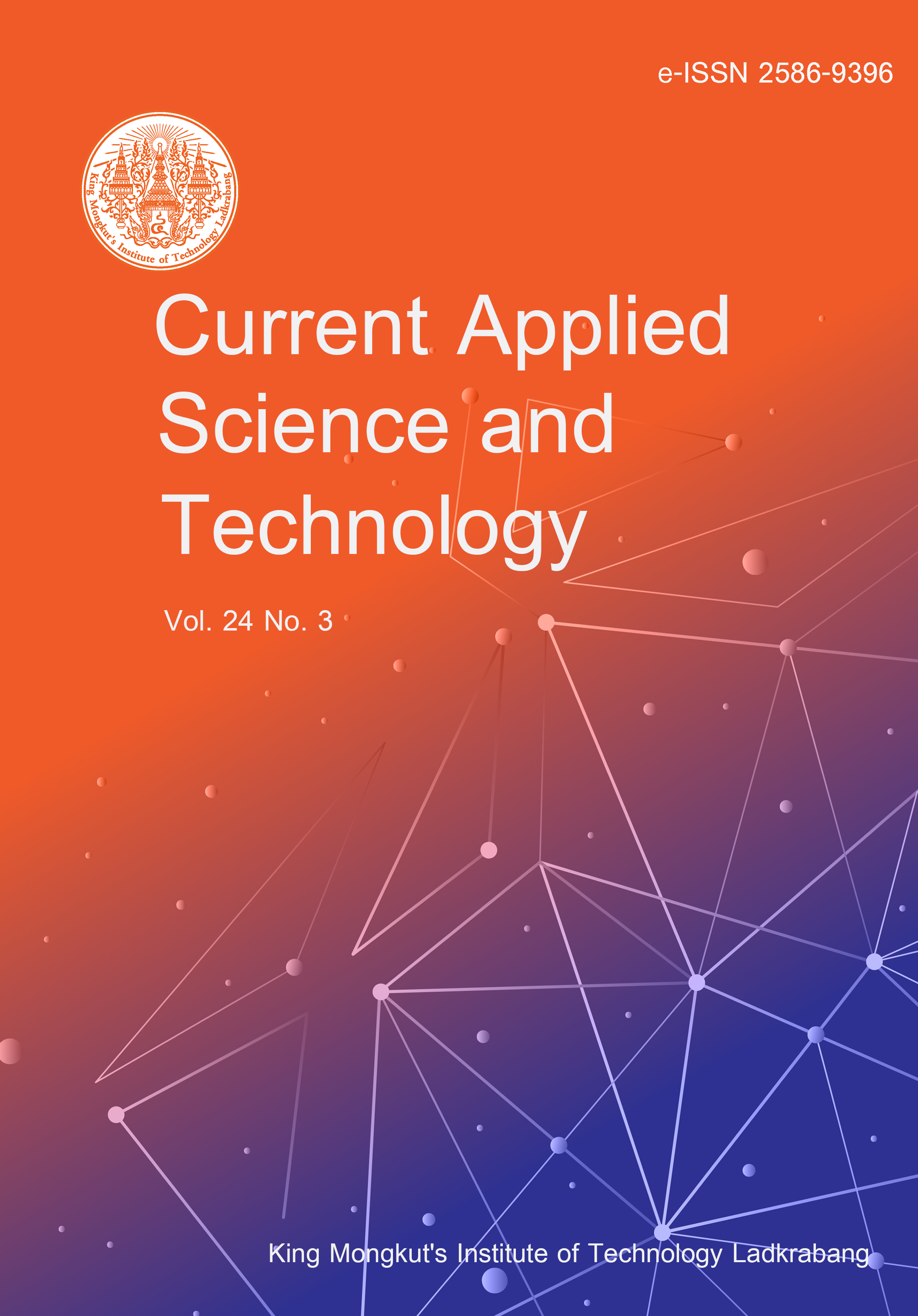Air pollutants, particularly particulate matter with a diameter of less than 2.5 microns (PM2.5), have been linked to a number of negative climatic and health effects, including irritation and damage to internal organs in the short and long term. Knowing current and future levels of PM2.5 is therefore crucial for both public health and environmental management. Photos of the sky and buildings can aid in assessing visibility and air quality because PM2.5 alters the appearance of the sky and its surroundings. This research proposes a method that employs digital images to not only estimate but also forecast PM2.5 concentration levels using deep learning technologies. A convolutional neural network (CNN) was used as the base layer to automatically extract image features, while a long short-term memory (LSTM) network was used as the output layer to analyze the sequence of features. The sky and its surroundings were captured hourly from a high-rise building in Bangkok, Thailand, and the ground-truth PM2.5 data were obtained from the nearest monitoring station facing the same direction. The experimental results show that the hybrid CNN and LSTM model outperformed conventional CNN models in estimating and forecasting PM2.5 levels by 5% and 30%, respectively.
Laohakiat, S. ., Klerkkidakan, S. ., & Wiwatwattana, N. . (2023). Visually Estimating and Forecasting PM2.5 Levels Using Hybrid Architecture Deep Neural Network. CURRENT APPLIED SCIENCE AND TECHNOLOGY, e0258074. https://doi.org/10.55003/cast.2023.258074


https://cast.kmitl.ac.th/doi/10.55003/cast.2023.258074